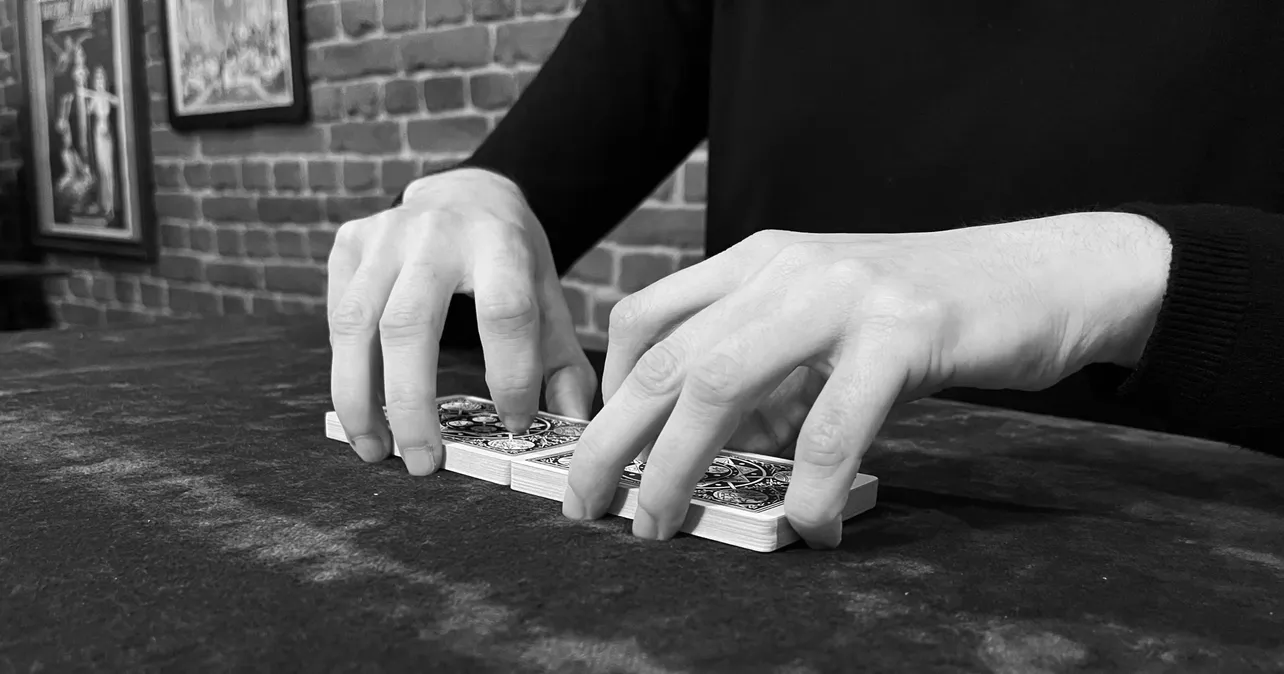aka Back to Order with Eight “Not-So-Accurate” Tips
I’m not an expert on this topic. I like the Tabled Faro and, although I only use one of the versions that exists, I’ve dedicated many solitary hours (no friends) trying to analyze and understand how the cards weave together in such a pleasant manner. If this doesn’t brighten up your next rainy day, what will?
As a small historical commentary, I’ll only say that this shuffle comes from card games, in particular one called Faro, Pharaoh, or Farobank that originated in France during the reign of Louis XIV at the end of the 17th century. During the game the cards are placed in pairs, which is why, at the end of each round, the dealer must shuffle the deck such that the pairs get separated. Thanks to the precision of this shuffle, the order is lost and the pairs are separated, negating any possible advantage that any of the players could have. It’s worth mentioning the game’s popularity in the United States in the 19th century, a time when large sums of money were won and lost at the card table.
I’ll also clarify that everything I’m writing here is focused on magic and pseudo-demonstrations; at no time do I pretend to delve into the real world context of card cheating.
Let’s not waste any more time. Take the deck of cards in your hands (you have one, right?) and put it in order from ace to king or king to ace, as I’m about to share some reflections and advice I consider important.

